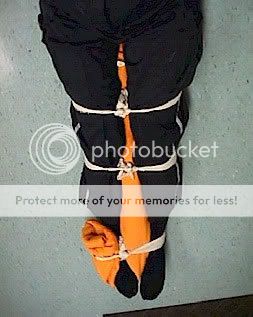
Fractures - any break in the continuity of a bone. It can be open or closed fracture.
Closed injury - one in which the overlying skin is intact. Proper splinting helps prevent closed injury fracture from becoming an open fracture.
Open injury - one in which the skinhas been broken or torn either from the
inside by the injured bone or from the outside by the object that caused the penetrating wound with the associated bone injury.
Dislocation - injury in which a bone is move out of its normal position in a joint and remains that way.
Sprain - injury in which ligaments (bone to bone) are stretched or partially torn, commonly associated with joint injuries.
Strain-injury in which a muscle or a muscle and tendon (bone to bone) are over extended.
Signs and Symptoms of a Muscle Injury
1. Deformities or angulation: compare with opposite limb
2. Pain and tenderness upon palpation or movement
3. Crepitus (grating)- a sound or feeling of broken bone ends rubbing together
4. Swelling
5. Bruising or discoloration
6. Exposed bone ends
7. Joint locked in position- reduced motor ability or reduced ability to articulate joint.
8. Numbness and paralysis- may occur distal to side of injury caused by bone pressing on anerve.
9. Circulatory compromise distal to injury evidenced by alteration in skin color, temperature, pulse or capillary refill.
Splinting - applying a device to stabilize any painful, swollen,or deformed body part.
Reasons for splinting includes:
1. To prevent motion of bone fragments or dislocated joints
2. To reduce pain and suffering
3. To minimize damage to the soft tissue
4. To prevent closed fracture from becoming an open fracture
5. To minimize blood loss or shock
Six basic type of Splinting











